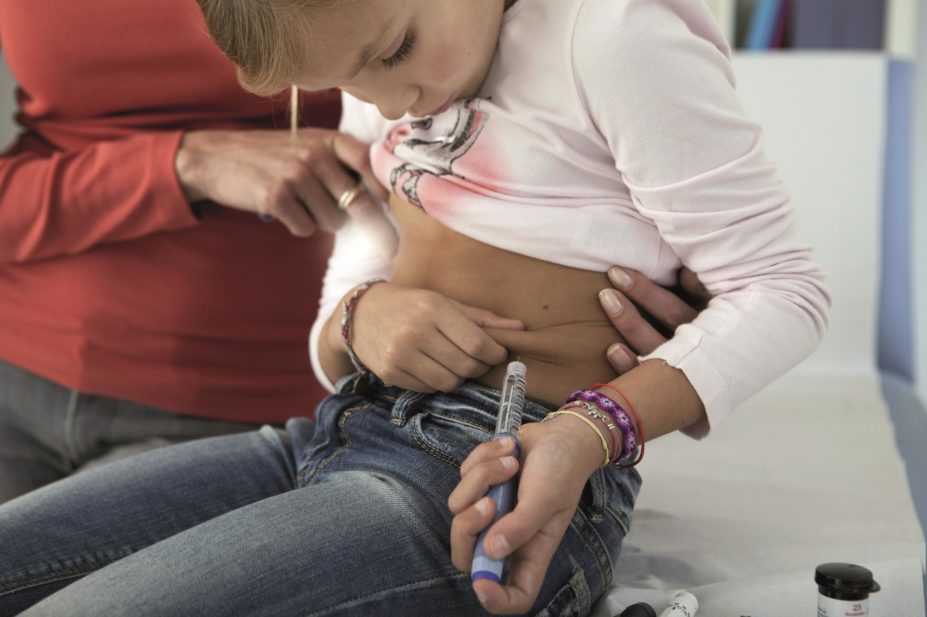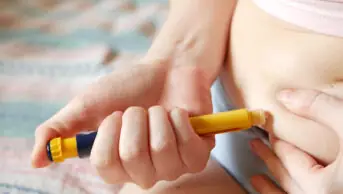
Shutterstock.com
Tighter blood sugar control is among the recommendations in updated national guidelines for diabetes, published by the National Institute for Health and Care Excellence (NICE) on 26 August 2015.
The guidance is for adults with type 1 diabetes, for children and young people with types 1 and 2 diabetes, and for patients with diabetic foot problems.
The guideline on type 1 diabetes in adults advises that patients aim for an HbA1c level of 48mmol/mol or lower to reduce their risk of long-term cardiovascular complications. Analogue insulins remain the first choice for treating type 1 diabetes, with multiple daily injection basal-bolus insulin regimens the first choice for adults with the condition. This is instead of twice daily mixed insulin injections.
The guideline consolidates previous recommendations for managing the condition, says Victoria Ruszala, specialist pharmacist in diabetes and endocrinology at North Bristol NHS Trust, and a member of the guideline development group (GDG).
“The emphasis remains on lifestyle and structured education programmes — so pharmacists need to be able to explain what structured education programmes look like and signpost patients to services,” she says.
In developing the guidelines, the GDG reviewed the evidence to support unlicensed use of type 2 drugs in type 1 disease. “As a result, the guideline recommends metformin use to tackle insulin resistance in some patients, such as obese patients with type 1 disease,” says Ruszala.
The revised guideline for children and young people recommends, for the first time, that they should aim for an HbA1c level that is near the normal range (i.e. 48mmol/mol) as well as near normal blood glucose readings.
Children with suspected type 1 diabetes should be referred on the same day to a specialist diabetes team. And real time support for glucose monitoring, such as alarms, should be given to some groups of type 1 patients, NICE recommends.
A continuing education programme should be offered to young people with type 2 diabetes, their parents and carers, which should include lifestyle advice and information about the risk of complications.
“Achieving this tight control needs intensive insulin management from the time type 1 diabetes is diagnosed, which means multiple daily injections or insulin pump therapy,” says Julie Edge, consultant in paediatric diabetes at Oxford Children’s Hospital and a member of the GDG for children and young people.
“Because the ideal HbA1c target level of 48mmol/mol or lower is hard to achieve, it is important that children and young people do not feel pressurised, and individual targets are discussed,” she adds.
Adult patients with a limb-threatening or life-threatening diabetic foot problem should be referred immediately to hospital and the multidisciplinary foot care service alerted, the new guideline recommends. All other diabetes-related foot referrals should be within one working day to the specialist service, it says.
The updated guidelines come as a report by Public Health England shows five million people in England have blood sugar levels that indicate a high risk of developing type 2 diabetes.


